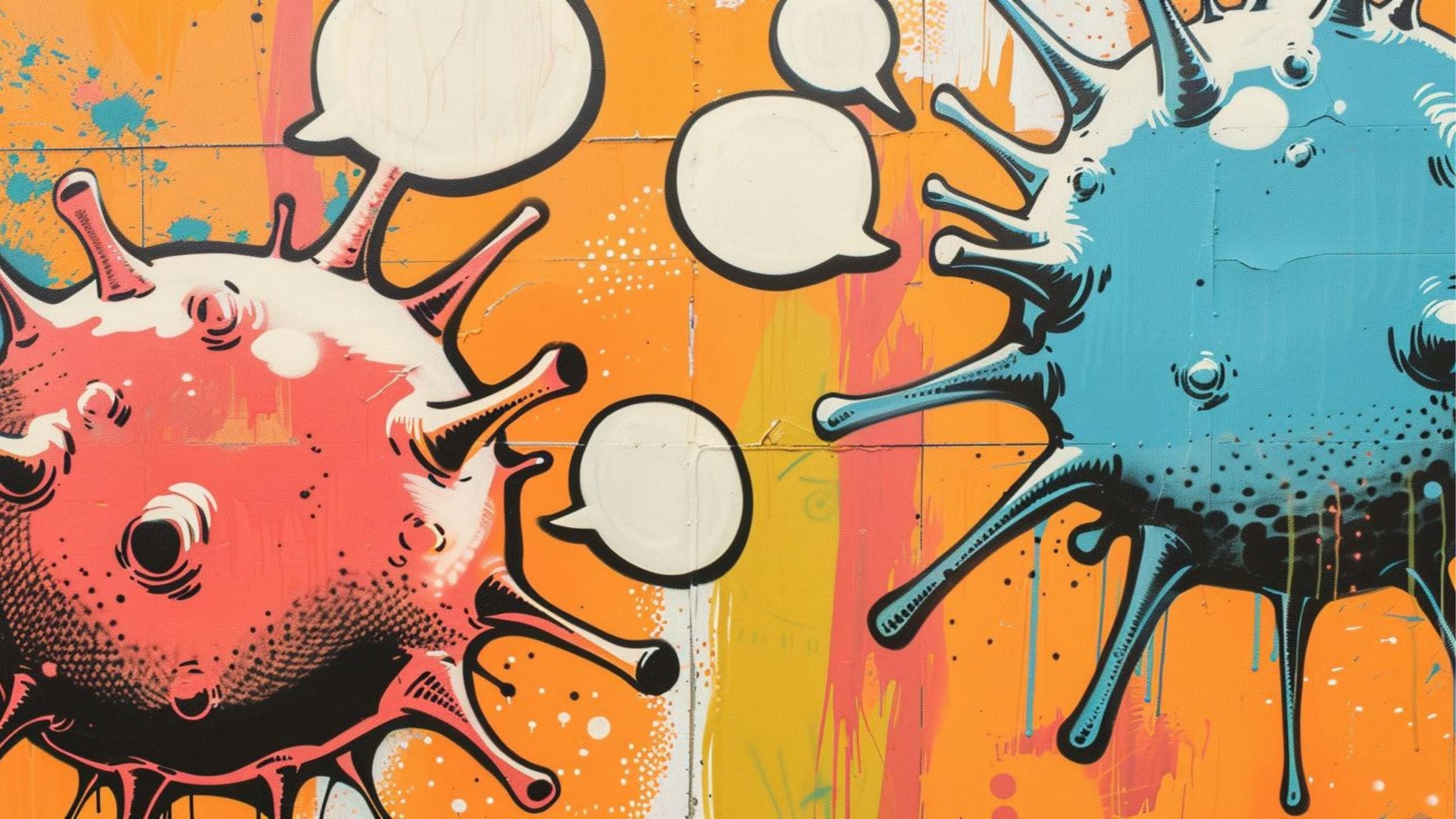Preferred information about actual medical inoculation is now being protected by – more “inoculation.”
This latter form is proliferated via an “AI” (machine learning) tool against “misinformation” about vaccines.
It is the US Department of Health and Human Services (HHS) – or rather, US taxpayers – that is funding this effort.
The University of Pennsylvania is the recipient of the $4 million covering the period from April 2022 until March 2027, used to conduct a randomized trial called “Inoculate for HPV Vaccine” and produce the said tool.
This information came to light thanks to the Children’s Health Defense (CHD) freedom of information request to gain access to grant documents.
Associate professor of nursing at the University of Pennsylvania Melanie L. Kornides heads the team behind the study. Kornides “specializes” in researching vaccine uptake and anti-misinformation strategies, while others taking part in this project are software developers, machine learning and communication experts, and social media analysts, reports say.
Their task is to scour YouTube, Twitter, Facebook, and Instagram for user data, and create an “inoculation tool” to pinpoint “HPV vaccine misinformation” as well as content expressing vaccine skepticism – “whether or not the information in the post is true or false.”
What these researchers themselves have said about how the tool can be used is of particular interest – HPV vaccines aside, it can allegedly be repurposed to identify “misinformation” about a range of issues, such as Covid and cancer treatment. And this can be done “swiftly and efficiently.”
Meanwhile, the “AI tool” will be developed through trials involving one control and two test groups that will be “inoculated” against criticism of the HPV vaccine, or with messages that criticize those opposed to vaccines.
To make sure the subjects are adopting the desired way of thinking, the experiment will involve exposure to “booster messages” at several intervals.
HHS is funding other similar research efforts, again with the HPV vaccine in mind, and focused on promoting messaging in favor of broader uptake on social media – but as this project shows, the “tools” created for this purpose can be used in other scenarios.








